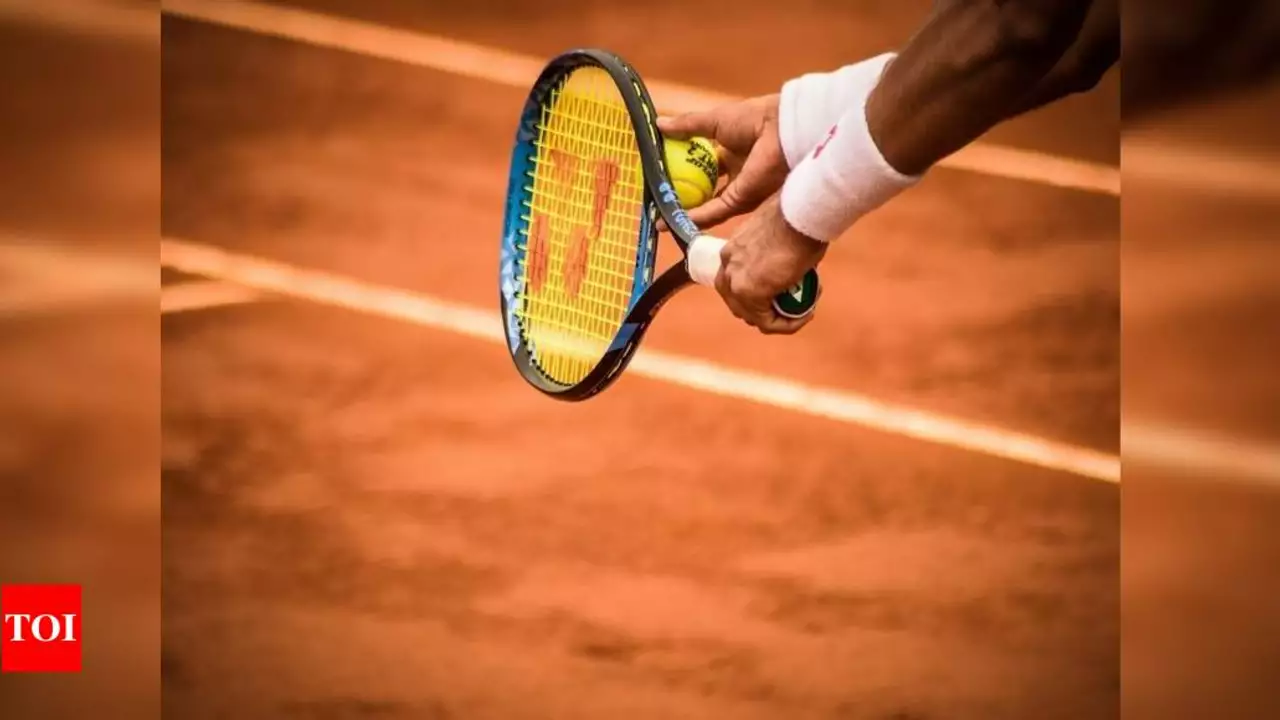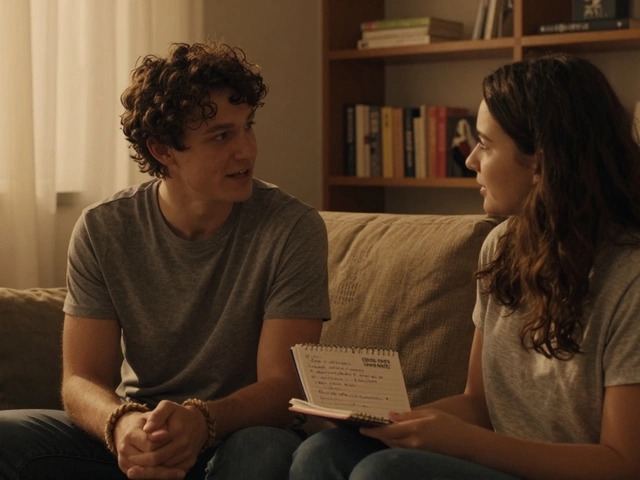Tennis Rackets: Find the Best Racket for Your Game
Choosing a tennis racket can feel confusing, but it doesn’t have to be. The right racket helps you hit cleaner shots, reduces arm strain, and lets you enjoy the game longer. Below are the most important things to check before you buy.
Key Features to Look At
Grip size. Measure the distance from the tip of your middle finger to the palm of your hand – that’s the grip that feels natural. Most adults need a 4 1/8" to 4 3/8" grip, but a quick test with a few rackets will show you what feels comfy.
Weight. Light rackets (around 9‑10 oz) are easier to swing and good for beginners. Heavier models (10½‑11 oz) give more power and stability but need stronger arms. If you’re just starting, stick to the lighter side and step up as you improve.
Balance. Head‑heavy rackets add power on groundstrokes, while head‑light ones help with maneuverability at the net. A neutral balance is a safe middle ground if you’re not sure which style you prefer.
String pattern. A denser pattern (18x20) offers better control, while an open pattern (16x19) gives more spin. Players who love heavy topspin often pick the open pattern, but beginners may benefit from the control of a tighter mesh.
Top Picks for Different Players
Beginners. Look for a racket like the Wilson Blade Lite. It’s light, has a forgiving sweet spot, and comes pre‑strung at a moderate tension. You’ll feel more confidence on every swing.
Intermediate players. The Babolat Pure Drive Sport offers a good mix of power and spin. Its medium weight and balanced feel let you push your game without over‑exerting your arm.
Advanced competitors. The Head Gravity Pro provides a stable feel, precise control, and a slightly heavier frame for added power on serves and smashes.
Before you decide, try to hit a few balls with each racket. Many clubs let you demo rackets for a day. Pay attention to how the racket feels on forehands, backhands, and volleys. If you notice any buzzing or discomfort, move on to the next option.
Don’t forget to factor in your budget. A decent beginner racket can cost under £50, while pro‑level models often run £150‑£200. If money is tight, consider buying a last‑season model or a reputable second‑hand racket – you’ll still get solid performance.
Finally, keep your strings in mind. Even the best racket will lose feel if the strings are old or broken. Replace them every 3‑6 months for recreational players, or more often if you play frequently.
By checking grip size, weight, balance, string pattern, and price, you can shortlist a few rackets that match your style. Test them, listen to how they feel, and you’ll walk away with a racket that makes every match more enjoyable.

What are some good tennis rackets for tournament players?
In my research, I found that tournament-level tennis players often lean towards high-performing rackets for their games. The Wilson Pro Staff RF97, endorsed by the legendary Roger Federer, is a favorite due to its precision and power. The Babolat Pure Aero, used by Rafael Nadal, is also widely appreciated for its spin-friendly nature. Another great choice is the Head Graphene 360+ Speed Pro, known for its control and stability. Lastly, the Yonex Ezone 98 stands out with its comfort and playability, making it a popular choice among professionals.
View More
